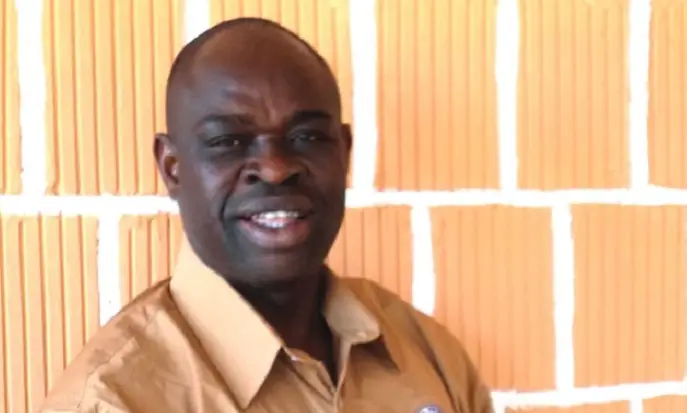Ire Clay Products Limited also known as Ire Brick Factory, was established to produce 20 million building bricks per year with at least ten different products, which includes wall bricks, engineering bricks, fencing bricks, foundation bricks, facing slips, sun breakers and decorative products for lintel and decking materials. There is opportunity to accommodate flooring clay tiles as well as roofing tiles. It is also possible to complete a building using clay products.
The burnt bricks plants came to Nigeria in the early 80’s with various state governments establishing them to trim down the cost of construction. However, the plants experienced problem based on two pillars: good management and maintenance of the equipment. Most of the companies were in the hands of civil servants or under the supervision of MDAs which slowed down critical decision making.
These problems could not be solved due to high level of bureaucracy, corruption and lack of technical information on the equipment. Most of the plants collapsed while the only surviving one was the Oregun Clay Products Ltd which was managed by expatriates who understood the implication of maintaining plant with good management.
It then became difficult for customers to get the product, forcing them to book and pay in advance for six months before one could get the bricks. This led to long completion periods for projects. Instead of long wait, customers had no option other than to opt for alternative construction materials like sandcrete, hydra foam and locally made bricks from laterite.
However, the Federal Government of Nigeria is being urged to follow the footsteps of Niger State on what they did after the collapse of the bricks company in Minna. Niger State government sold it to a private investor who in turn rehabilitated the plant and in last 10 years, Minna plant has been running, whilst Chinese investor established another plant in Ijebu-Ode.
The model of Ire Clay in Ekiti State is novel because it is a project financed by the government of Ekiti State and Odu’a Investment Company Limited. The two shareholders provided 96% of the funds required for the comeback of Ire Clay with determination, passion and transparency. We ensured that the direction was clear and milestone/target was established for each objective.
The story in Ekiti is the one of determination. Furthermore, more bricks company will come back and there will be availability of the products which in turn will lead to reduction in price and cost of construction, if all states can emulate Ekiti State in this area and get sincere and dedicated project team members most especially, the project team leader.
All clay companies are presently producing at full capacity because what determines their capacities is the kiln which is not expandable even if there is huge demand, unless new ones are constructed. Due to such limitation, the waiting period of customers will be between 2-6months when there are limited burnt bricks companies. The demand is many times higher than the supply. With the coming back of Ire Clay Products, it is expected that waiting period of customers will be shorter.
Clay industry is however facing enormous challenges, such as high cost of funding, infrastructure problem, i.e. lack of roads, electricity among others, but on the other side of prospecting, it will create room for employment as well as reducing the cost of construction and incident of building collapsing when the populace embraces the use of burnt bricks for construction.
Burnt bricks are also fire resistant and aesthetic in addition to other advantages and that is why in Northern Nigeria, it is a matter of law that all markets must be built using burnt bricks because of incidence of fire.


Thanks for the information. Appreciated.
Burnt bricks are still used today in China, but not nationwide, small buildings in villages, rural towns, may still use burnt bricks. If large commerical residential building, they use concrete to build, mixed with steel bars and so on.
Are burnt bricks being used today in China?
Burnt bricks were nationwide used in China when I was a kid, and they are cheap while strong, and can be fire resistant as mentioned, and also they can be used solo without any cement on them, and still looks nice, kind of autentic, kind of nature.
Burnt clay bricks are not good for the environment and therefore not good as a product to build with – one square meter of single brick produces 38 kg of CO2 (Carbon Dioxide)